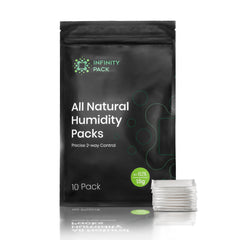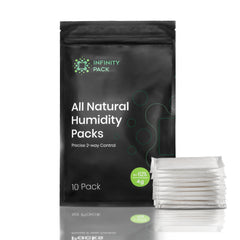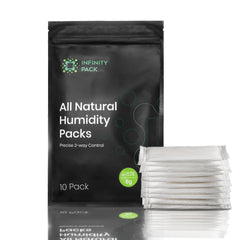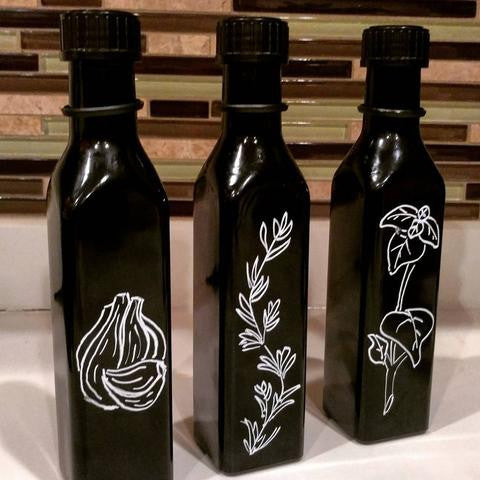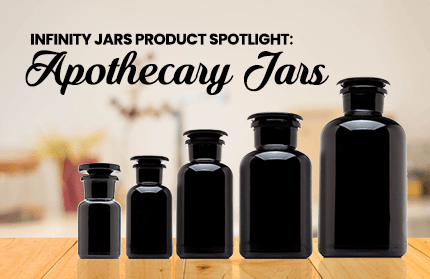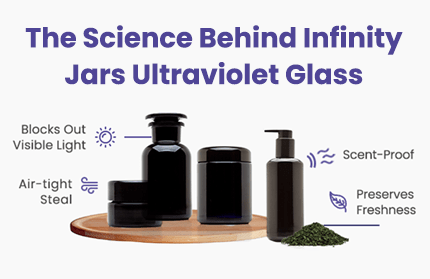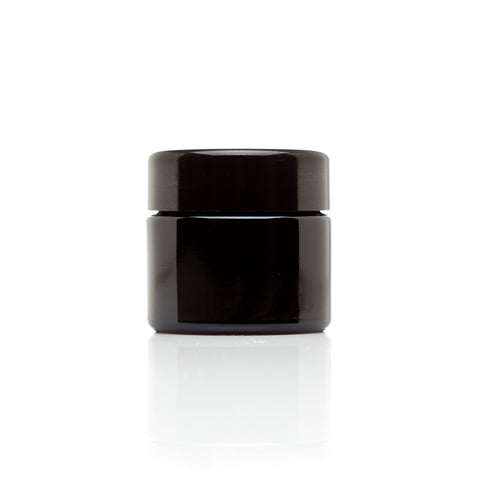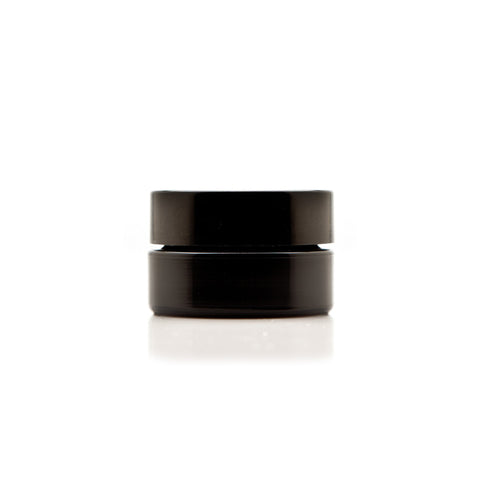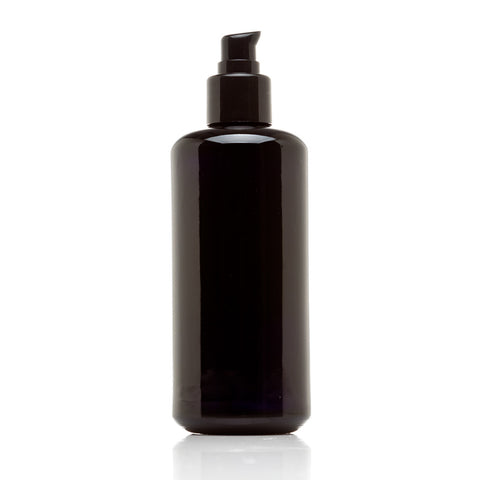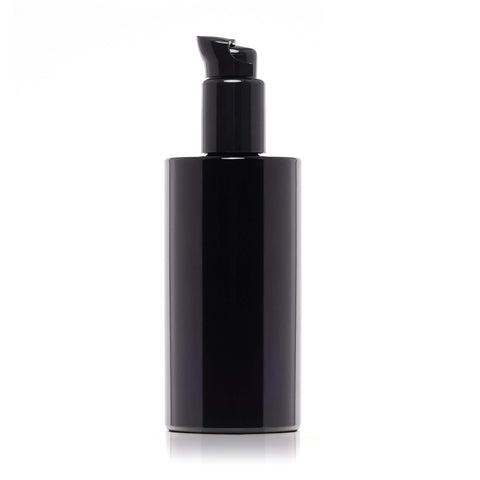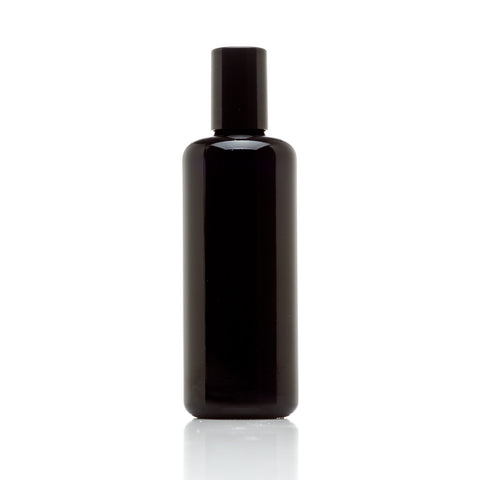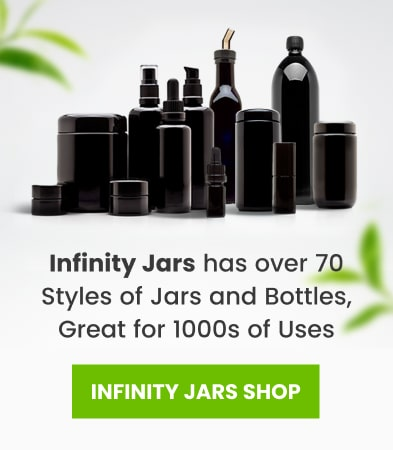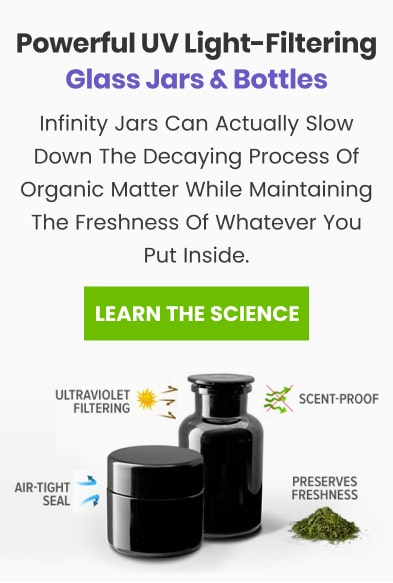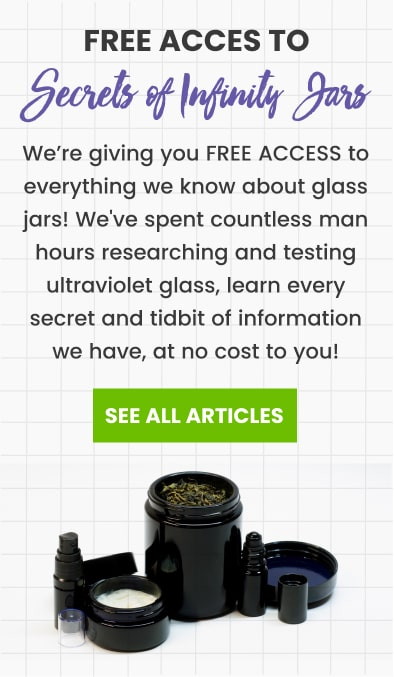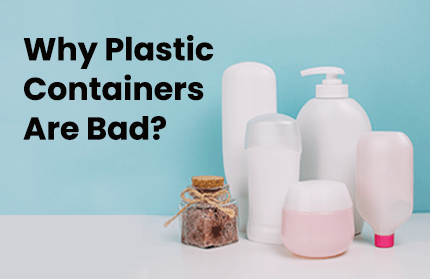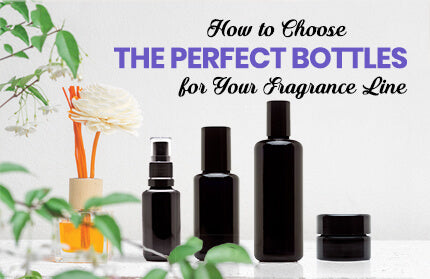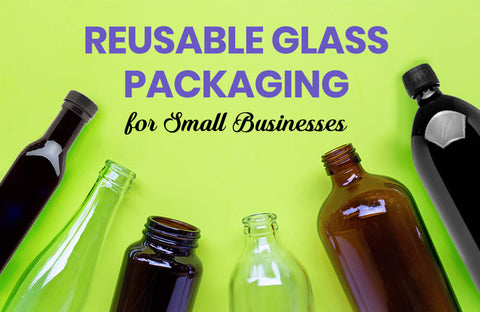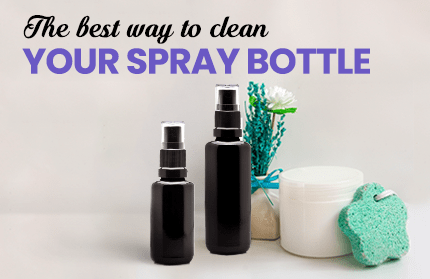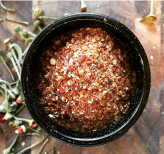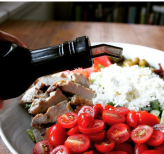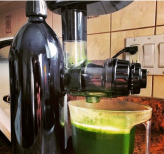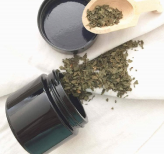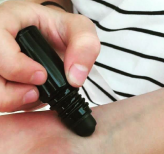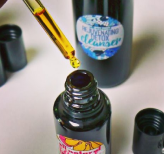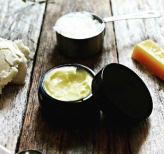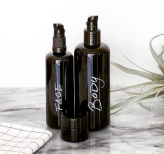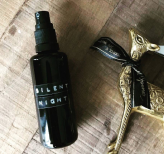
Ultraviolet Vs Amber-colored Glass Bottles: Which Is Better?
Have you ever wondered why bottles have different colors? Why couldn’t they all be just one color, right?
In case you didn’t know, humans have been making glass bottles as early as 1000-1500 BC, and the glass jar and bottle industry started in America in the early 1600s. So what made them realize the purpose of colored glass bottles?
You might not be here for a history class, so don’t worry. We will not dig too deep into that topic. But for the sake of knowledge, let us give you a short trip down memory lane.
Some believe that it all started in the liquor industry – beer, to be exact. You see, beer bottles used to be transparent. One day, however, brewers noticed that a batch that was exposed to sunlight gave off a skunk-like odor. They soon discovered that clear glass had no UV protection and it affected the liquid it contained. Thus, they switched to darker bottles.
The science of color and what makes the color of glass important
Before we dive into the battle between ultraviolet and amber glass bottles, you need to know some information about colors and light. This will not be a science class, promise. We’ll only mention the important bits.
Ever since the brilliant Sir Isaac Newton discovered that light has different colors, other physicists like Albert Einstein and James Maxwell studied more about it. We’re not going to go that deep, though. We’re not trying to give you a headache – but we are going to show you this awesome photo of the light spectrum:
In the photo, you will see the different colors of light. Every color has its respective frequency, which makes them unique from each other.
Don’t worry, you don’t have to memorize the entire spectrum. We will only be tackling mostly ultraviolet light and some parts of visible light.
Visible light is called “visible” because it’s what we, humans, see.
Fun fact: did you know that the colors you see in every surface or object is the reflection of light? Meaning, all of other colors are absorbed by the surface or object, and the rest bounces back to your eyes.
So, literally speaking, an orange doesn’t have the color orange, and an apple doesn’t have the color yellow. Awesome, huh?
“So why is the color of the glass bottle important?”
Well, you already know that ultraviolet rays and radiation from the sun can be quite a bully. It has harmful effects, including sunburn, skin cancer, eye damage, and the premature aging of your skin. However, you must not mistake ultraviolet rays for ultraviolet light.
The color of the glass is important, because it tells you what type or kind of light it allows to pass through its surface. Blue glass permits blue light, red glass permits red light, and so on. The type of light a glass bottle or container permits through its surface can have different effects on what’s inside.
When it comes to food, light is sometimes considered to be the enemy. You see, when food absorbs light, it can cause deterioration. In most fruits and vegetables, the light is reflected in the surface, which greatly contributes to discoloration.
In liquids, light can cause unwanted chemical reactions that can spoil the drink, or ultimately change its chemical composition.
However, not all food and drinks are light sensitive. Still, be cautious. Light sensitivity may vary based on the following:
- Strength of the light source
- The type of light emitted by the source
- Duration of exposure
- Oxygen component of the food
- Temperature
- Distance of the source from the food
The deterioration of your food or drink may also vary, depending on their components. The components that may affect how reactive a particular food or drink include:
- Vitamins: A, D, B12, E, K, Folic Acid, Riboflavin, and Pyridoxine
- Hemoglobin, Chlorophyll, and Carotenoids
- Amino acids
- Unsaturated fat
- Phospholipids
Some examples of light sensitive food and drinks
Milk
It’s one of the most light sensitive drinks that we all love (unless you’re lactose intolerant, of course). Milk will deteriorate fast under intense light, which is why it’s usually packed in white cartons, as white reflects all light.
Light exposure can change its taste and lose its vitamins, like Vitamin C and A. The change in its taste happens when its proteins and amino acids break down, and when oxidation occurs.
Beer and wine
You already know the beer story.
Beer contains amino acids, which break down when exposed to light. It also develops a pungent odor and flavor, which is why it’s inside darker bottles.
In the case of wine, light can change the color of the wine, depending on the type of wine and the bottle. No specific chemical reactions really happen to wine, but it does cause sales to plummet. Consumers usually want red wine, and light will hold back companies from getting those customers.

Meat
When exposed to light, the desirable red color of meat will eventually reduce to a brownish gray color. This discoloration occurs because of ultraviolet light, which can also increase rancidity in the fat of the meat.
Other types of meat, specifically cured meats, are more sensitive to light than fresh meat. It’s because cured meats have nitrate, which turns brown-gray when exposed to light.
Oils and fat
Oils and fat, like cooking oil and butter, are very light sensitive, even to fluorescent light. Light accelerates autoxidation, which changes the flavor and odor of fat and oils. However, their light sensitivity depends on their composition.
All right, we believe that’s enough discussion about light!
Let’s go back to the main subject: the color of your glass bottles.
Now here we are, using different colors of bottles for drinks, cosmetics, food, and more.
However, there are two colors that are most commonly used: violet and amber. The next question is this:
Which is better?

Ultraviolet glass bottles
Ultraviolet glass bottles may appear black but they’re actually violet when you hold them to the light. Ultraviolet glass absorbs almost all colors in the light spectrum, making it appear black.
UV light is known for and is used to hinder bacteria development, which is also why it’s used by laboratories for water and air purification. Ultraviolet glass bottles only let UV light pass through its surface, protecting whatever you put inside against bacteria and pathogens.
Here’s some scientific basis
A 2016 study conducted by various experts and institutions found proof of reduction in bacterial formation and the antimicrobial action of ultraviolet light or violet-blue light. Research showed that there was significant reduction in contaminants, and that UV light did have antibacterial capabilities.
There are different types of UV light, and they are determined by their wavelengths. UVa has a wavelength between 400 nm to 320 nm, UVb has 320 nm to 290 nm, and UVc has 290 nm to 100 nm. In the study, they used 405 nm or UVa for testing antibacterial abilities.
Ultraviolet glass bottles allow 25% - 45% of UVa light to pass through, which explains how it can prevent contamination and bacterial growth. By allowing food and liquids “sunbathe” in UVa light, they will be exposed to high amounts of bio-energy in the safest way possible.
Furthermore, light – and other environmental elements like water and gases – can sprout life even from the smallest seed. However, it can also accelerate the growth and maturity of an organism until it decomposes. Meaning, once a plant or fruit reaches its mature state, light will contribute to its aging process, thus accelerating its decay.
With the ability of ultraviolet glass to block visible light, you can prolong the shelf life of the food your put inside the container.
Ultraviolet light as a disinfectant
One of the many uses of ultraviolet light is water disinfection. Research shows that UV light can kill bacteria and other pathogens by destroying their ability to multiply.

How does it work?
UV light can penetrate the cell wall of the bacteria and cause its molecules to go haywire, which prevents the bacteria from dividing. UV light damages the nucleic acid of harmful pathogens by creating covalent bonds in its DNA. These bonds will then prevent the DNA from replication, and when the bacteria try to multiply, they dies.
Tragic, right? But this saving light does save you from a lot of dangerous microorganisms like E. coli, cholera, salmonella, poliovirus, hepatitis, and more.
As if you didn’t know enough, ultraviolet light can also help disinfect water.
If you care a lot about your environment, you’d definitely want to switch to ultraviolet glass bottles. You see, UV light can disinfect water without the potentially harmful chemicals, and without killing the beneficial minerals that water contains. In fact, it’s one of the most effective and accepted water treatment methods for water systems.
Other uses of ultraviolet light
Aside from protecting your food and drinks, UV light also has other uses in different industries.
In dentistry, dentists use dental equipment called dental curing light. The curing light emits UV light to harden dental cement for binding brackets of braces to your teeth. They also use the light to set tooth fillings made from UV-sensitive resin.
In the financial industry, banks use UV light to detect forged bank notes and fake money. The US Bureau of Printing and Engraving use ultraviolet inks which light up when placed under UV light. Additionally, ultraviolet ink is also used for passports, social security cards, and some credit cards. Ultraviolet inks are invisible to the human eye under normal light conditions.
In Chemistry, scientists use UV light in analysing chemical structures of compounds based on how they change color. They use a spectrophotometer, which passes a beam of UV light on the compounds and detects the color changes as well as how much radiation was absorbed.
In the medical industry, UV light has various uses. It can be used for cancer treatment, where a patient takes a UVa light reactive drug called psoralens that can slow down the growth of damaged cells.
Amber-colored glass bottles
There’s probably no one in this world who hasn’t seen amber bottles before. They’re mostly used in a variety of industries, but they’re dominant in the food and cosmetics industry.
Just like ultraviolet glass, amber glass also has its own share of benefits and scientific facts – and we’re about to show them to you.
The science behind amber glass bottles and why we use them
Remember our history class earlier? Yes, the beer incident. The clear glass bottles provided zero protection from sunlight, which made the brewers turn to darker bottles, right? Well, here’s the science behind that.

You see, amber glass can prevent photochemical reactions to occur. Photochemical reaction is a type of chemical reaction triggered by absorbed energy from light. This reaction can change chemical properties and turn them into excited states with properties different from the original.
In the case of the beer, since it has a lot of reactive components like sulfur, it reacted to the light and produced the skunk-like odor.
Another type of photochemical reaction is photodegradation. Photodegradation is the deterioration of materials, medicines, liquids, and food, due to light exposure.
In the case of food and liquids (or liquor), photodegradation usually affects those with high amounts of fat, proteins, and vitamins. What happens? It can change the color of a fruit or vegetable, remove important vitamins, and change taste.
What light causes photodegradation?
Ultraviolet light is one of the main causes of photodegradation, but it’s not to be mistaken with the UV light that ultraviolet glass permits.
Remember that there are different types of UV light: UVa, UVb, and UVc. The type of UV light that promotes photodegradation is UVc. In fact, it’s even considered to be the most harmful type of ultraviolet light.
The color of an object is the frequency of the color the reflects from its surface. Amber glass is usually very dark versions of yellow, red, or orange, and its darkened hue allows it to block light.
Furthermore, it also means that amber glass allows low frequencies of yellow, red, and orange to pass – blocking others, including all types of UV light.
Although, not all food and liquids are sensitive to light (or photosensitive). Photosensitive things usually include medications, hydrogen peroxide, and beer. This explains why medicine bottles are either plastic or amber-colored.
Aside from what we mentioned, there aren’t really many benefits that amber glass bottles can give. Other than UV protection, amber glass is lot cheaper, which is also why they are more prevalent in the drug and liquor industry.
The Final Verdict
Now that you probably know everything there is to know about light and colors, and how they affect your food and drinks – we can now determine the winner of this battle.
It is apparent that amber glass protects food and liquids from the harmful effects of light, but it also repels the good things that ultraviolet light can offer. However, amber glass is a relatively old discovery, which gave it the advantage of time and made it familiar to most people. Plus, it’s cheaper.
Ultraviolet glass bottles, on the other hand, provide better protection than amber glass bottles, with added benefits from good ultraviolet light. Practically speaking, ultraviolet glass can prolong the shelf life of your food and drinks, which makes it worth every penny.
So if you want to save your food from decay, you should really use containers with ultraviolet glass. UV glass also thicker than other types of glass, which makes it more durable compared to others. If you want to get your own ultraviolet glass bottles, you can check out Infinity Jars and our wide variety of ultraviolet glass products.
Bibliography:
- https://onlinelibrary.wiley.com/doi/abs/10.1111/j.1151-2916.1954.tb14006.x
- https://infinityjars.com/pages/science-1
- https://infinityjars.com/blogs/news/72805893-how-it-works-the-science-behind-infinity-jars-ultraviolet-glass
- http://www.qorpak.com/pages/WhyShouldIChooseBrownBottles
- https://library.si.edu/exhibition/color-in-a-new-light/science
- https://www.hindawi.com/journals/jbt/2016/2920514/
- http://www.physlink.com/education/askexperts/ae300.cfm
- https://sciencing.com/uses-ultraviolet-light-5016552.html
- https://patents.google.com/patent/US6743491B2/en
- https://rachaelpontillo.com/are-ultraviolet-glass-bottles-worth-the-price/
- https://link.springer.com/chapter/10.1007/978-1-4684-7003-1_2
- https://www.ncbi.nlm.nih.gov/pubmed/18533661




